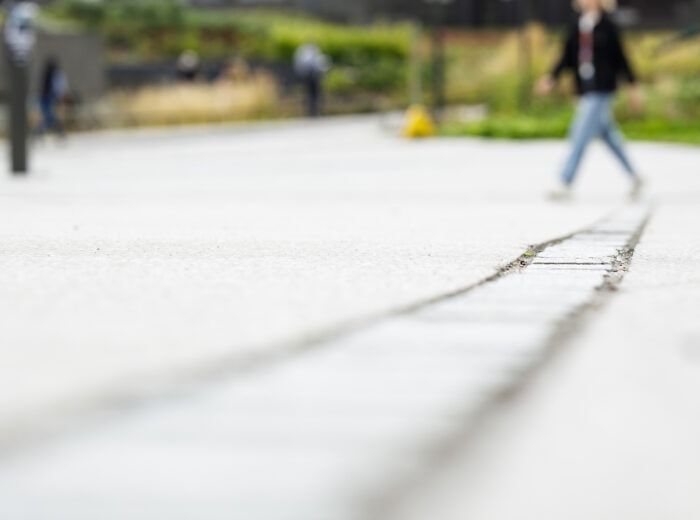RWE or real-world evidence provides authorities assessing pharmacotherapies with data on the prevalence of a disease and the use of treatments. Clinical trials are always the foundation of the data, but the significance of real-world evidence in the assessment of hospital-only medicinal products may expand in the future.
Head of Assessment Vesa Kiviniemi from the Finnish Medicines Agency Fimea assesses hospital-only medicinal products accessing the Finnish market. The cost-effectiveness of a medicinal product is one part of the assessment conducted by Fimea.
In the assessment of a pharmacotherapy RWE can complement the results of clinical trials. In Fimea’s work, the main emphasis is, however, on products that are currently accessing the market, which means that there is no real-world data available. That is why assessments mainly rely on pivotal studies in the market authorisation phase, i.e., clinical phase 3 medicine trials.
RWE is, according to Kiviniemi, in some cases useful also in Fimea’s assessments. It is useful in situations where one must make indirect comparisons with existing treatment or use so-called MAIC comparison (matching-adjusted indirect treatment comparison). RWE is useful also when one needs data on the progression or prognosis of a disease with current treatment, i.e., without the medicinal product being assessed.
“The starting point is that RWE related to different diseases and their treatment is useful. It helps us receive information on the prevalence of the disease and the use of therapies.”
The significance of RWE may increase
The significance of RWE in the authority assessment of hospital-only medicinal products may expand in the future, thinks Kiviniemi. However, it depends much on the assessment mechanism, i.e., what sort of mechanism will be used in the assessment of hospital medicine. If the previously conducted assessments are to be updated, it may increase the significance of RWE. Currently, assessments are not updated systematically because there are no resources for that.
“In any case, the hierarchy of the data remains; RWE will not exceed the significance of randomised studies but maintains its role as complementary data. It may have a large role in issues related to safety and adverse effects, but it functions as supporting data in the demonstration of effectiveness.”
Single-arm case series makes one think
According to Kiviniemi, a lot of single-arm clinical trials are conducted especially with new hospital-only medicinal products accessing the market as rare medicinal products. These trials are conducted without a comparison treatment.
“This is not a very nice trajectory from the perspective of HTA or market access. The lack of primary comparison or constructing it with other means is not a good trend from this perspective. High-quality data on new medicinal products often means purposeful randomised and controlled trials; an economic assessment, proper modelling, or modelling based on reliable, robust clinical data”, said Kiviniemi.
Kiviniemi says that the European Medicines Agency seems to have changed its policy in the approach towards single-arm case series. Approximately 10 years ago it was very rare that a medicine received market authorisation with a single-arm case series, but now it has become more common.
“The use of a single-arm case series to demonstrate effectiveness is possible but demonstrating the extent of comparative effectiveness is difficult.”
Predictability and coverage as challenges
Kiviniemi sees predictability and coverage as challenges in the current process of assessing and providing market access for hospital-only medicinal products in Finland. The challenges are due to limited resources, in practice the number of people conducting Fimea’s assessments.
“The process is well-functioning upon access, but it’s not necessarily clear to pharmaceutical companies which medicinal products will go through the process. Changing to application procedures in the hospital-only medicine branch would be one solution to the challenges.”
According to Kiviniemi, it would be optimal to have one channel where medicinal products would be assessed. It would, however, require much more assessment resources than currently.
“At the moment, Fimea conducts 10-12 assessments a year. The number should be approximately doubled in order for all new hospital-only medicinal products and essential indication extensions to access assessment. Currently, we need to prioritise in the selection of topics. Authorities think a lot about the development of the assessment of hospital-only medicine. It is an issues that they want to develop and improve.”



